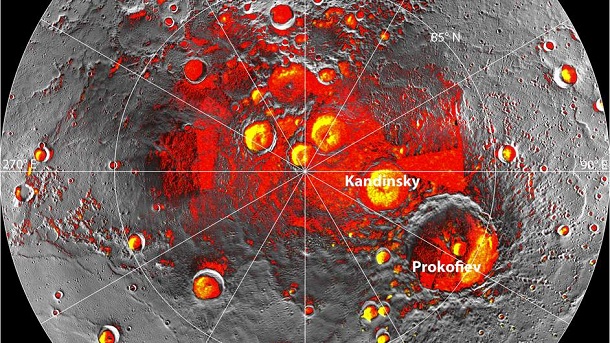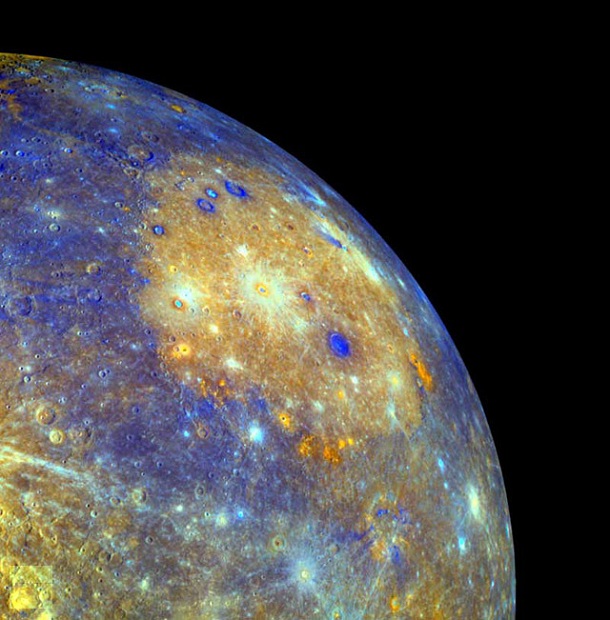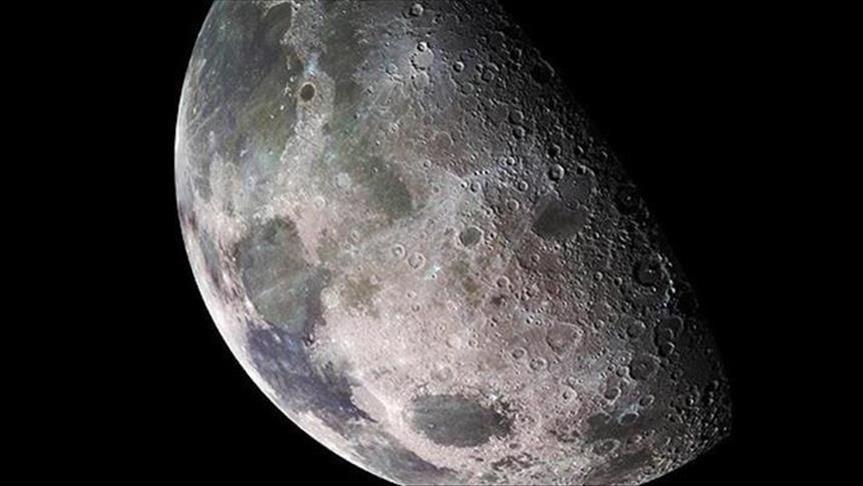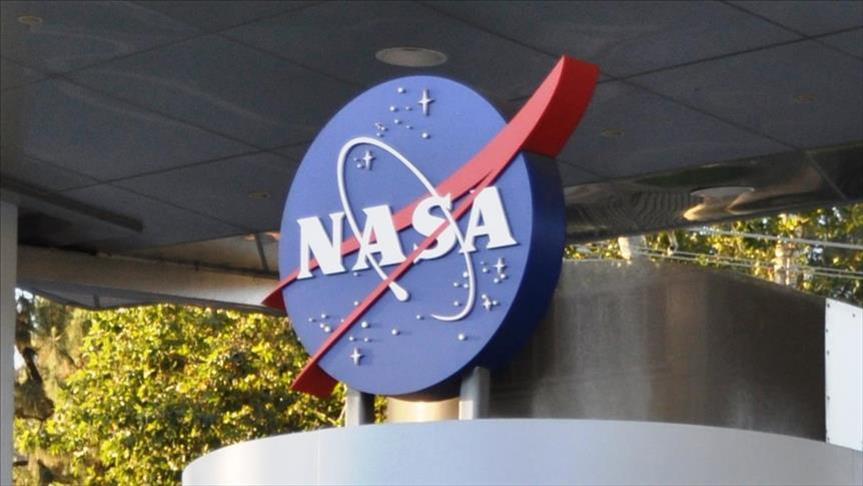Scientists claim discovery of water on ‘the Swift Planet’ There are one trillion tons of ice at Mercury’s north pole.
The small planet orbits closest to the sun but rotates nearly upright, meaning some areas on its poles never see sunlight.
Nasa researchers suspect the ice and other organic material accumulated in the shadowed areas of craters at the poles after comets and asteroids delivered the material to Mercury’s surface.
“The new data indicates the water ice in Mercury’s polar regions, if spread over an area the size of Washington DC, would be more than two miles (3.2km) thick,” said Nasa researcher David Lawrence.
The alleged findings came from NASA’s Messenger Spacecraft, which has been in orbit around Mercury since 2011.
Theories that Mercury – also known as the Swift Planet – could potentially contain forms of water were already being discussed back in 1992. Back then, Earth-based telescopes had picked up “bright areas” in and around the planet’s polar regions.
Alternative explanations were put forward to account for the bright areas, but Messenger provided enough evidence for water ice to exist on the planet closest to our sun.
The discovery is even more spectacular, taking into account that Mercury’s surface temperatures can sometimes reach 427 degrees Celsius (800 F).
Although the finding of almost 22 cubic miles pales when compared with our planet’s water capacity (an estimated 332,500,000 cubic miles!), Mercury is our solar system’s smallest planet, roughly one tenth the size of Earth.
“Messenger has revealed a very important chapter in the story of how water ice and other volatile materials have been delivered to the inner planets, including Mercury,” said Sean C. Solomon, principal investigator of the Messenger mission.
“It’s extraordinary that this chapter is so well-preserved on the planet closest to the sun.”
James L. Green, director of Nasa’s planetary science division, said the finding “bodes well for a continued search for water elsewhere in the solar system”.
Meanwhile, Nasa has dismissed rumours that its Mars Curiosity rover has made a significant discovery on the red planet.
Speculation had been stoked when a Nasa researcher said that data coming back from soil samples was a discovery “for the history books”.
But a statement from the organisation said: “Rumours of major new findings at this early stage are incorrect.”
Even so, as much as 1.1 trillion tons of ice could lie on or just beneath Mercury’s surface in the nooks and crannies of craters that never see sunlight, according to scientists working on the Messenger mission. Much of that ice may be protected by a dark layer of carbon-rich organic material several inches thick, they said.
The new research “doesn’t mean we have life on Mercury, but it is relevant for the question of life in the solar system in general,” UCLA planetary scientist David Paige, lead author of one of three papers published Thursday by the journal Science, said.
The water and organic material probably aren’t native to Mercury; one theory suggests they could have been delivered by icy comets as they smashed into the surface.
It’s widely believed that this is how organic molecules made their way to Earth as well, meaning Mercury, then, could offer a glimpse of a possible early stage before the development of life as we know it.
[adrotate banner=”54″]







